This month included books I loved and books I didn’t, books that will be with me for a long time, and a couple of books I can’t WAIT for you to read too. I think this is my longest Quick Lit post yet, so let’s get right to those reviews.
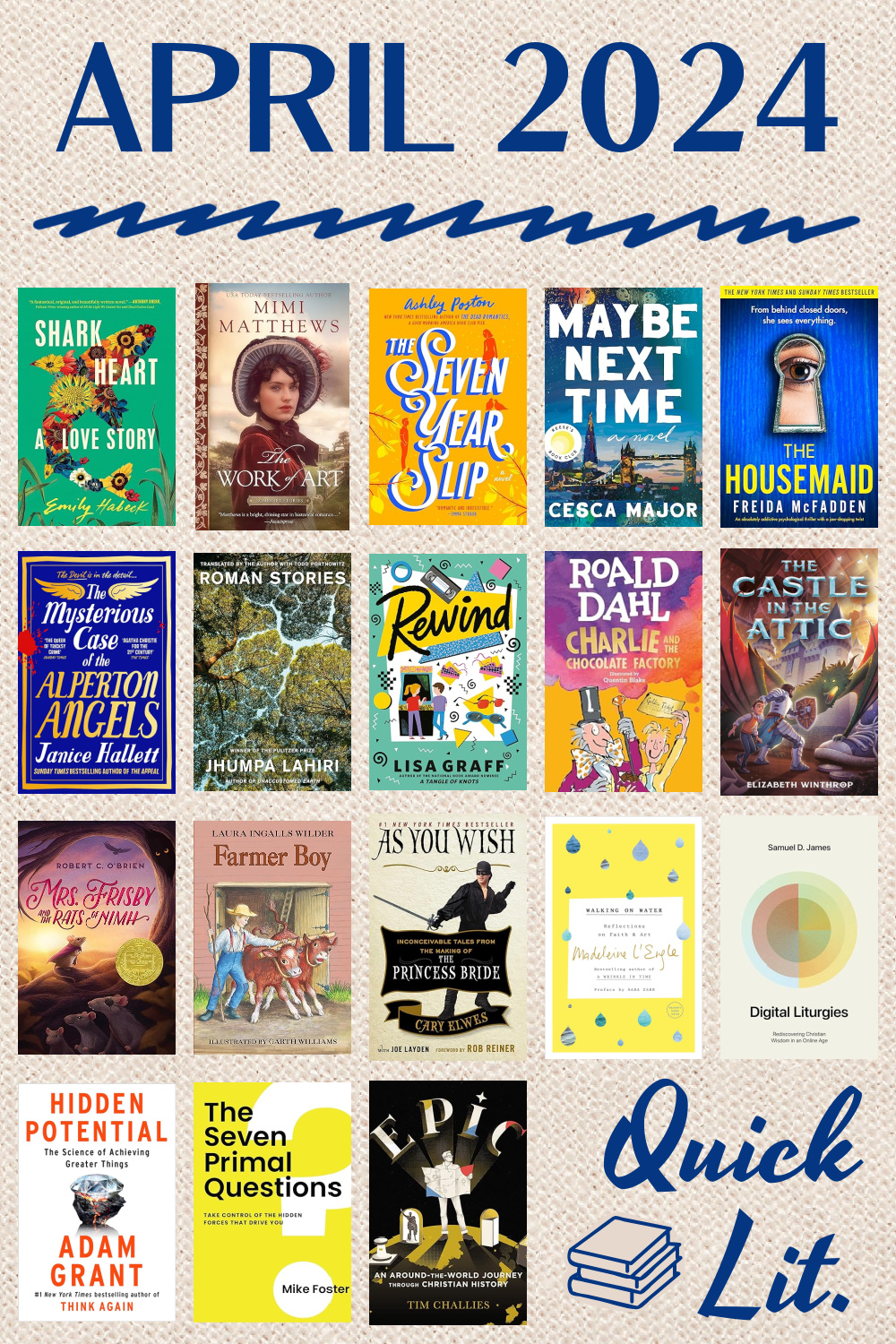
MIDDLE GRADE
Charlie and the Chocolate Factory, by Roald Dahl: I’m sure you know the story: Charlie Bucket lives in poverty with his parents and grandparents in a town that is home to enigmatic Willy Wonka’s world famous chocolate factory. When Mr. Wonka announces that he has hidden a Golden Ticket in five Wonka Bars, and that the finders will be given a tour of the factory, the world goes crazy in its search for the tickets. Against all odds, Charlie discovers one of the tickets and he and his Grandpa Joe join four other (very nasty) children and their parents at Wonka’s Factory.
Inside, the visitors are regaled with the wonders of Mr. Wonka’s factory: its wonderland of confections, incredible culinary inventions, and eccentric owner. They also meet the Oompa-Loompas, a strange race of humanoids who operate the factory. On the tour, the other four children reveal their worst selves, leading to appropriately harsh consequences. But Charlie remains enamored with Wonka, his factory, and this deliciously memorable experience of a lifetime.
I remember my introduction to this book (and later the movie) in my second grade classroom, and my fond memories of the story were rekindled when our family recently watched the new Wonka movie (which we loved). Since we had already plowed through our chosen read-alouds for the year, we added this to our queue and the kids were all delighted by it. We generally watch a movie after finishing the book, but we watched the 1971 film just before reading and all three kids enjoyed noting the comparisons and differences as we read.
I was sad that this book, unlike many of our family read-alouds, did not stand up to my childhood memories. It is more bizarre and sinister than I recalled, and the humor did not resonate with me as an adult in the same way that it did in my youth. If this were my first read and I hadn’t been reading with my kids, it would have barely scraped by with 3 stars from me. But nostalgia plus my kids enjoyment, along with some of the more redemptive themes of kindness, graciousness, and humility, bumped it up to 4 stars for me.
In summary, this was not a favorite, but I can understand why it has captured the hearts of many children throughout the years with its quirky humor, clever premise, and memorable protagonists.
My Rating: 4 Stars // Charleston’s Rating: 5 Stars // Book Format: Print
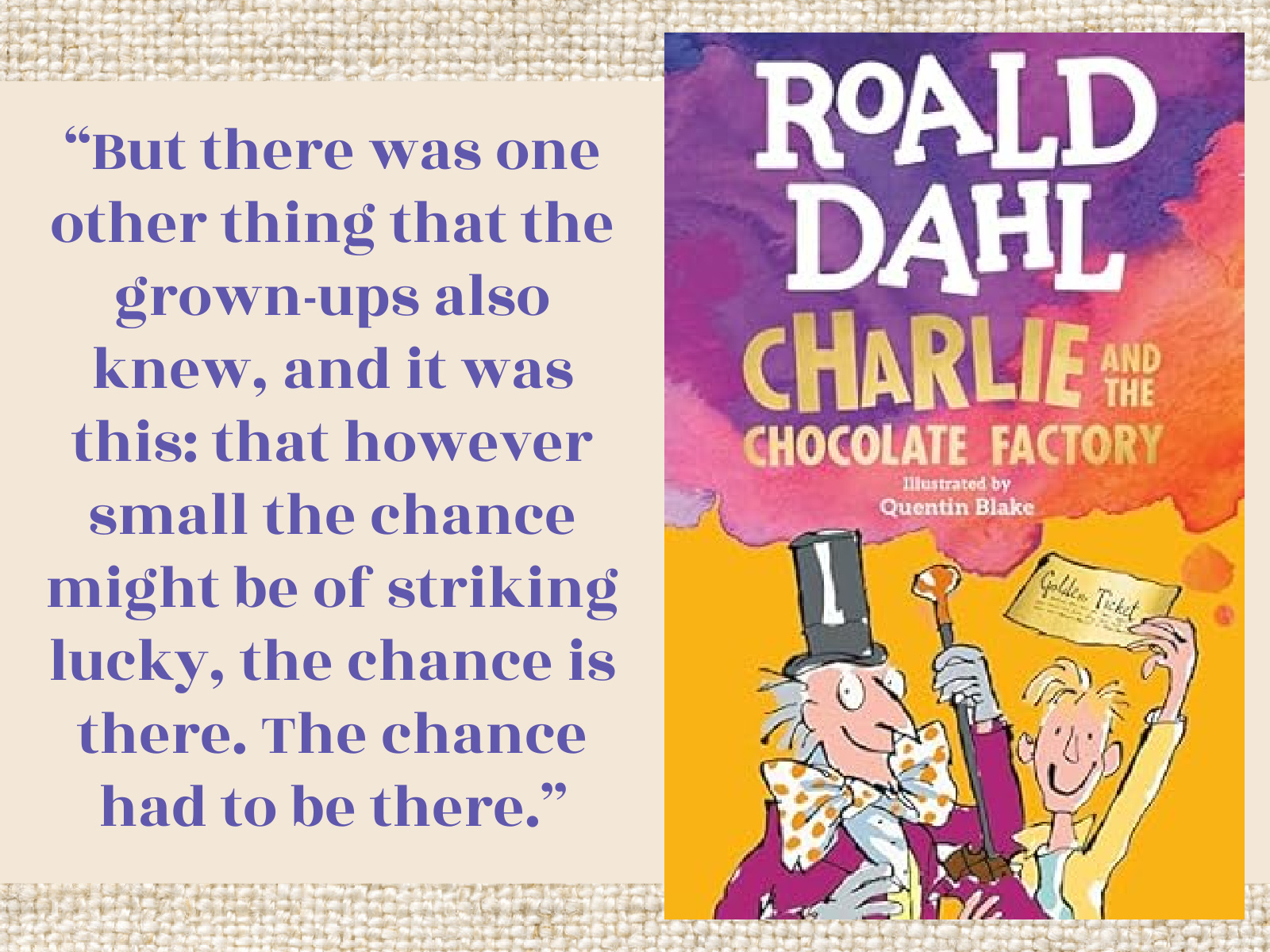
Rewind, by Lisa Graff: There’s a lot to love about growing up in the small town of Gap Bend, Pennsylvania, but for 12-year-old McKinley O’Dair, the very best part is the Time Hop, an annual party thrown by the town to celebrate a specific year in history. This year McKinley is excited to set aside her current (2018) annoyances (her overbearing father, her strained relationship with her lifelong best friend Meg, the annoyingly harsh history teacher who trolls the school halls, and caring for her grandmother who suffered a stroke long before McKinley was born) and party like it’s 1993. McKinley has worked hard on her contribution to the Time Hop fashion show, and nothing will stop her from entering the awesome ‘90s outfit that she designed and sewed all on her own. But on the afternoon of the Time Hop everything goes wildly wrong. One minute McKinley is hiding out in the girl’s bathroom at school . . . and the next minute, she’s in that same bathroom but twenty-five years earlier!
In traveling back to 1993, McKinley learns that her dad (Billy) is no longer the Type A man she’s always known but an unruly middle schooler set on making everyone’s life miserable. Her grandmother is pre-stroke and more amazing than McKinley could have imagined. And Jackie (her best friend Meg’s mom) is really great—but also arch enemies with the boy who is supposed to one day be Meg’s dad. Everything is different in 1993, from the snacks and casual approach to bullying, to the complete lack of modern technology or any good entertainment options.
McKinley is desperate to return to her own times and recruits the help of Jackie, who has no problem believing that McKinley is from a future where she’s best friends with Jackie’s one-day daughter. Together the two girls must find a way for McKinley to return home, but before she does there are some rights she must wrong. McKinley hopes to make a positive difference in this time before her birth. . . but what if she changes too much and wipes part of her own future out of existence?
This fun Middle Grade novel unites my favorite trope (time travel) with a period I know well (I was in elementary school in 1993, just a couple of years younger than McKinley). I enjoyed the throwback references and chance to revisit elements of my own youth (all the crazy snacks and out-there fashions!). I don’t know that these references will be appreciated by the intended Middle Grade audience, but as someone who actually lived through that time I thought they were great! It was also fun to imagine what it would be like to travel back to when my own parents were in elementary school, or to have my kids travel from the future to visit ME at their current ages!
I could have done without some of the present-day moralizing (McKinley is critical of her 1990s peers for their “micro aggressions,” “problematic” views of history and race, and use of words like “stupid” or “loser”). And there are definitely some worldview issues (such as moral relativism) that I don’t agree with. But I enjoyed the fun and spunky protagonists and appreciated the kid-friendly exploration of destiny and what it looks like to care about people and be involved in their lives without trying to control them—something I continue to grapple with as an adult!
As I mentioned above, I’m not sure how much of a hit this will be with the younger generation (though maybe the current 90s craze will increase its relatability factor?) but as an adult this was a really enjoyable read.
My Rating: 4 Stars // Book Format: Print
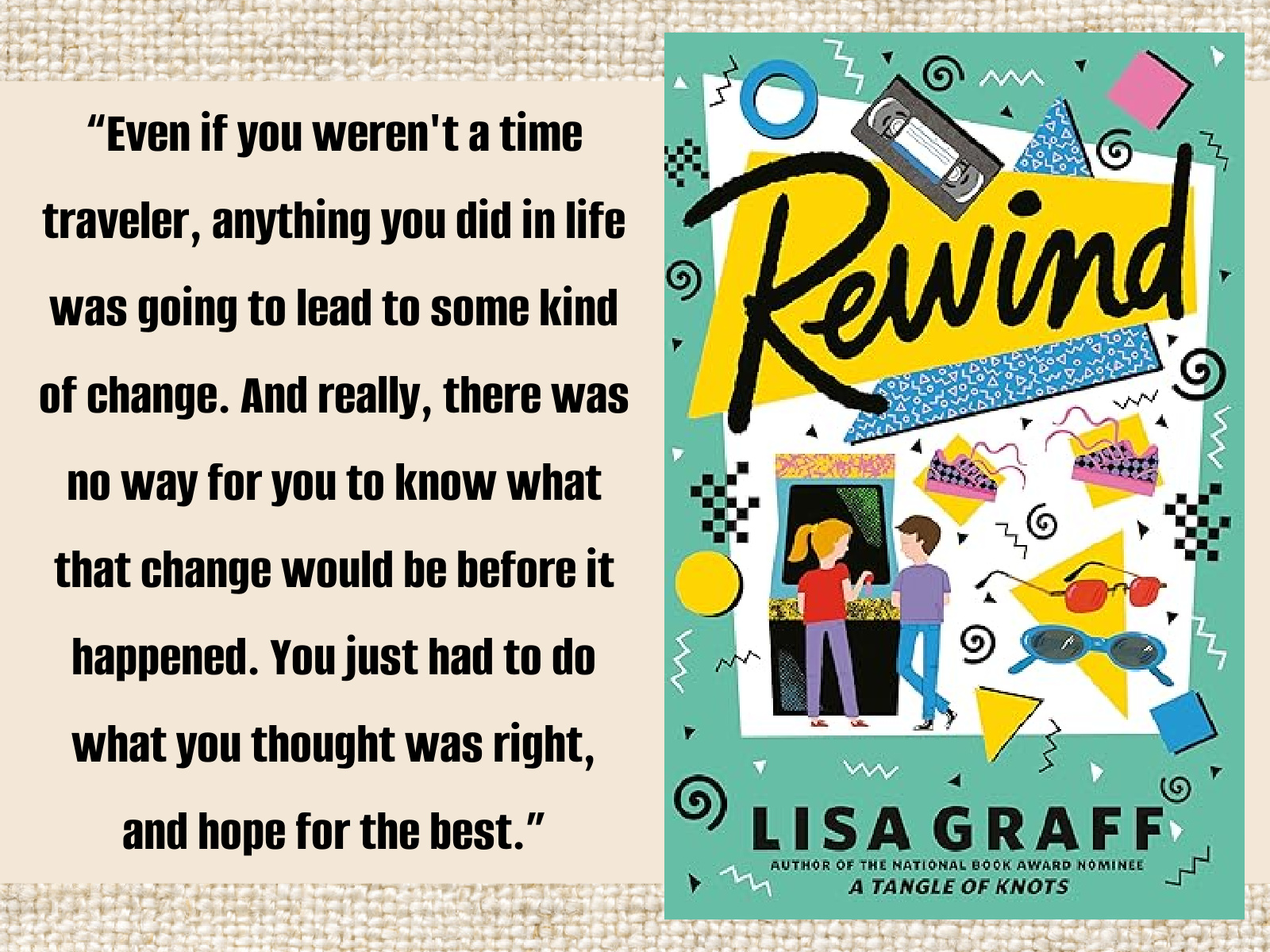
Mrs. Frisby and the Rats of NIMH, by Robert C. O’Brien: Mrs. Frisby is a recently widowed mouse living with her four children in a cinder block on Mr. Fitzgibbon’s farm. Each summer the family leaves their field for another home to avoid having their house uprooted by the farmer’s spring plowing, but this year young Timothy has pneumonia and is too sick to safely make the move. Through a series of unlikely new relationships, Mrs. Frisby is introduced to and seeks help from a colony of rats (the rats of NIMH) who also live on the farm. Having previously escaped from a science laboratory, these genetically modified rats are highly intelligent and live with technological advancements unlike anything Mrs. Frisby has ever seen. After sharing their harrowing story with their new friend, the rats agree to assist Mrs. Frisby in what is certain to be an extraordinary rescue mission.
I chose this book, along with all of our 3rd-grade read-alouds, at the beginning of this school year and it was the book Charleston and I were least excited to read (mostly because the title and cover reminded us a lot of The Green Ember, which we read earlier in the year and neither of us enjoyed). However, this is not at all the high fantasy we feared it might be. Instead it is a sweet and adventurous story with some unexpected twists and lovely themes of friendship, loyalty, and courage. The book also presents some intriguing questions about the repercussions of technology, means of survival, the power of literacy, and the differences (and similarities) among species. Overall this was book was a very pleasant surprise as both a lovely and approachable story and a book that offered plenty to consider and discuss.
My Rating: 4 Stars // Charleston’s Rating: 5 Stars // Book Format: Print
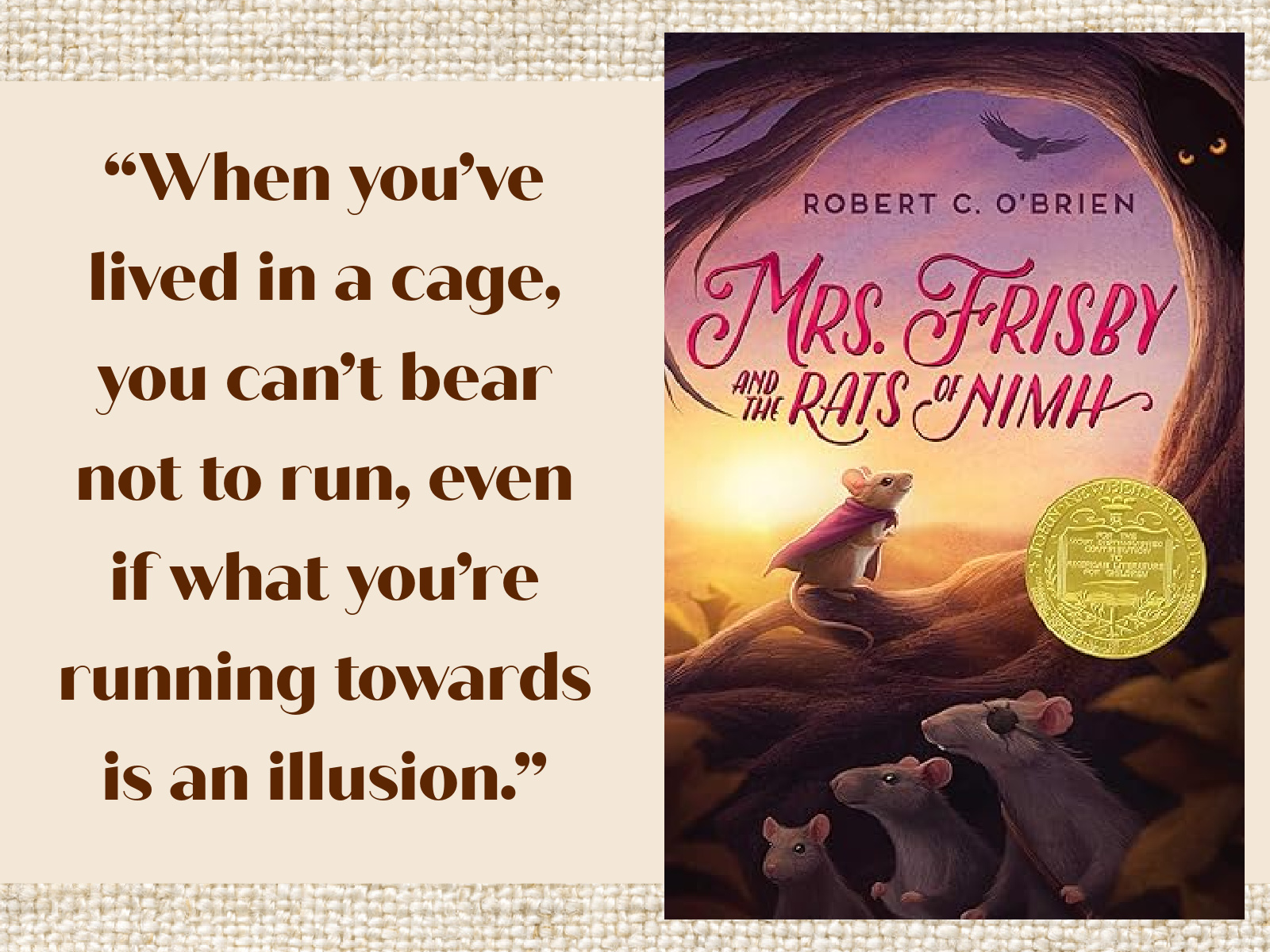
Farmer Boy, by Laura Ingalls Wilder: Almonzo is only nine years old—the youngest of the four children living on the Wilder Farm in Upstate New York in the late 1860s—but he is familiar with hard work. He’s up each morning at 5:00 to milk the cows and tend to his other chores. He can also sheer sheep, saw ice for the icehouse, tend to the crops, mind cattle, haul wood on a sled he built himself, thresh wheat, and help manage the house. He despises the (rare) days he spends studying in the local schoolhouse and the idle Sunday afternoons spent quietly in the formal parlor, but he thrives on the farm, pulling his weight in every task and polishing off each elaborate meal that his mother sets before him. He enjoys visits from the town peddler, attending the annual fair, and learning the life of a farmer alongside his father, one of the most successful in the area.
I have many fond childhood memories with the Little House books, and this one—the story of Laura’s husband, whose childhood on the farm was much different from Laura’s more nomadic upbringing—was always my favorite in the series. I loved this chance to introduce my kids to Almanzo and the rest of the Wilder family, and was thankful that they warmed to this fun and often funny story. Each chapter is descriptive, painting a vivid portrait of farm life with all its wonders and challenges, and despite the rigor of that life, the tone of the book is comforting and cozy—what we have all come to love about the Little House books. Much of Farmer Boy is glamorized (when viewed through the eyes of the children reading); as an adult I could see through the polished version, yet I still found myself longing for this simpler (albeit indisputably harder) life—though I certainly don’t envy their ice cold baths and middle-of-the-night wakeup calls to rescue animals and crops!
There isn’t a thing I would change about this book, and I especially enjoyed the detailed descriptions of hearty meals and foods; the warm relationships described between Almonzo and his parents; and the recurring themes of resilience and hard work. This classic remains and will always be a forever favorite.
My Rating: 5 Stars // Charleston’s Rating: 4.5 Stars // Book Format: Print
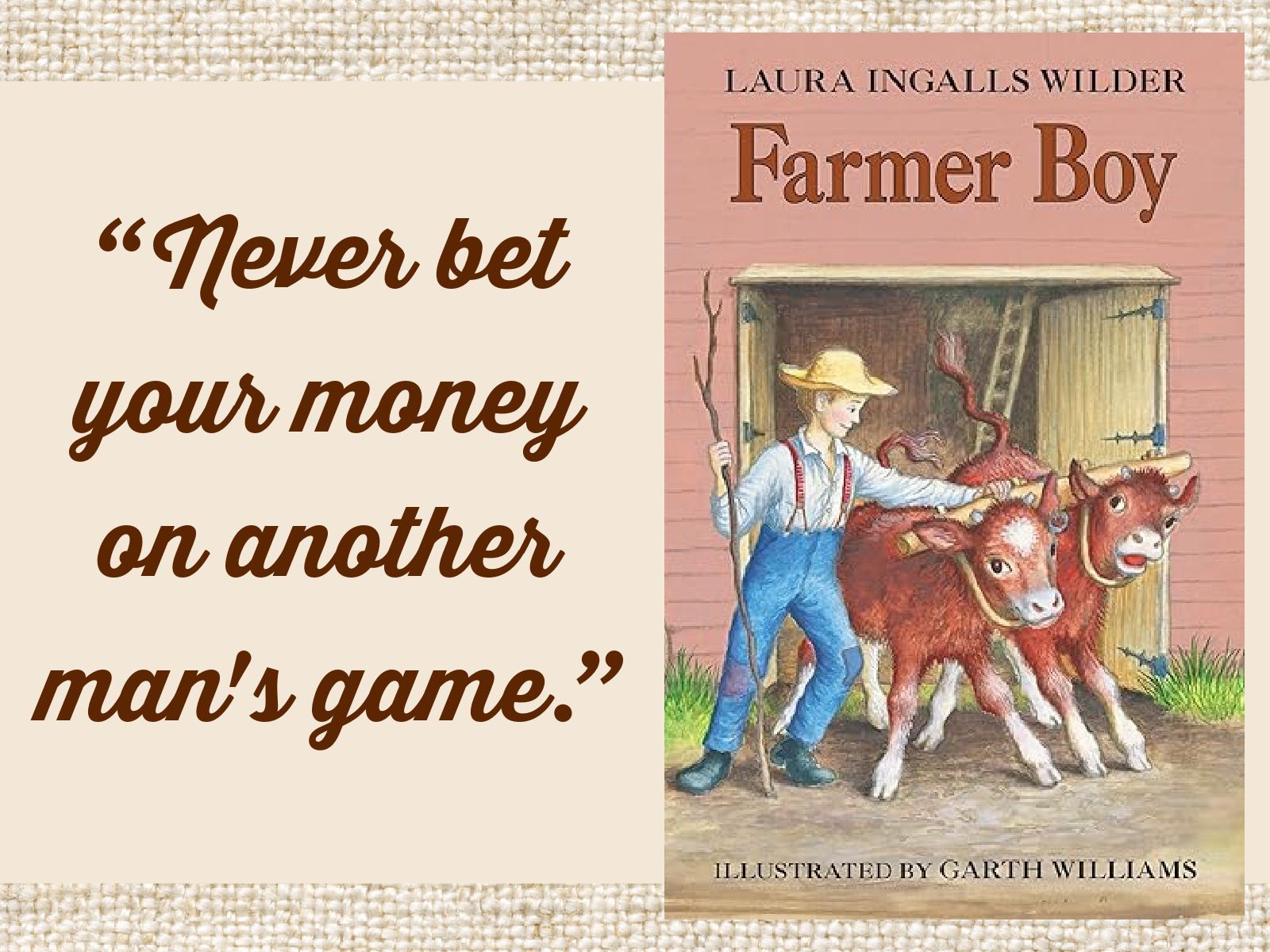
The Castle in the Attic, by Elizabeth Winthrop: William is heartbroken when Mrs. Phillips, the housekeeper who has lived with his family for all of his ten years, announces she is saying goodbye and returning home to England. Before she leaves, Mrs. Phillips gifts William a realistic model castle that has been in her family for years. Soon William discovers that the castle is even more realistic than he’d realized when the toy silver knight inside of it comes to life. Sir Simon tells William stories of an evil wizard who cast a spell upon him, transforming Simon into a toy and sending him to another land while he, the wizard, remained to overtake his kingdom. Hoping the castle and its magic may provide a way to keep Mrs. Phillips from leaving, William embarks on a secret mission that leads him into the castle and back to the Middle Ages to rescue Sir Simon and free his kingdom from the wizard’s evil grasp.
This is a fun adventure that the kids and I all really enjoyed. The magic and Middle Ages flair are a lot of fun, and I appreciated the themes of chivalry, courage, and the way we care for the ones we love. William’s connection with Mrs. Phillips is a true highlight, as it’s always wonderful to see kind and emotionally healthy authority figures in children’s books. And I love that William is a gymnast; I’ve never seen a male gymnast in fiction!
One downside is that I found the pacing to be uneven. There is a LOT of setup, and the time spent in the castle (and in the past) is minimal. Whereas The Door in the Wall (reviewed last month) offered us a little bit “too much” Middle Ages (mostly due to the difficult language), this delivered less than I would have liked. But this is a great intro to the world of knights and chivalry, and a gentle and enticing foray into the fantasy genre.
My Rating: 4 Stars // Charleston’s Rating: 5 Stars // Book Format: Print
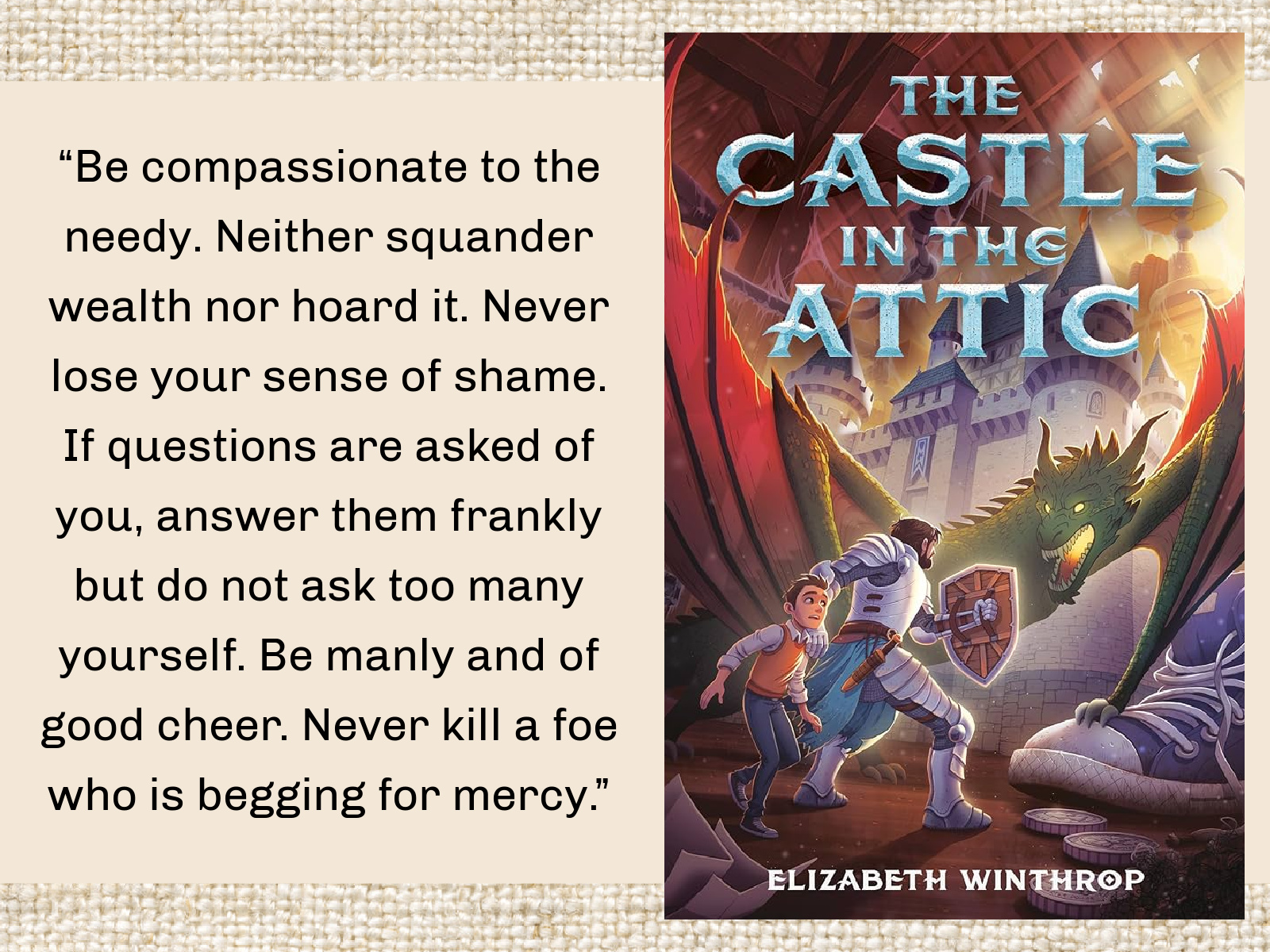
NONFICTION
Epic: An Around-the-World Journey Through Christian History, by Tim Challies: This cleverly-formatted book from well-known pastor and blogger Tim Challies unites travel journalism and history to tell the amazing and multifaceted story of the Christian religion. The book documents Challies’ three-year journey across multiple continents to visit thirty-three significant objects that tell the story of Christianity. Each chapter of the book is dedicated to one of these objects—among them a fragment of one of the earliest known copies of the Bible, an indulgence box from the Middle Ages, the Gutenberg Bible, John Calvin’s chair, missionary Nate Saint’s aircraft, and Billy Graham’s pulpit. Challies explains the historical and religious significance of each object and the individuals connected to it, providing biographical information and a general overview of significant milestones in Christianity, such as the Reformation and various evangelical movements.
Listening to this book felt like an audio tour of the most comprehensive museum of Christianity. The objects and the stories they tell are fascinating, and they are more than simple windows into history: they preserve the story of God’s faithfulness throughout history, from Biblical times to the present day. Though I would have appreciated more information about each object (every chapter here could easily be made into its own book), I was inspired by the stories of many who dedicated their lives to serving the Lord, and I was reminded of the big and small ways that God always has been (and always will be) at work. I liked how Challies not only described these items but explained their importance to the furthering of the Gospel; we get a good balance of history and commentary, all pointing back to God and His work.
My one recommendation would be to read rather than listen to this one. The audio production is just fine, but I found myself wanting visuals of the items being described and in writing this review I see that the print version contains numerous photographs that I’m sure would have enhanced my reading experience. However you choose to read, this is an excellent resource for Christians seeking tactile connections to Christianity’s storied past. This would make a great textbook for a high school Biblical History class!
My Rating: 4 Stars // Book Format: Audiobook

As You Wish: Inconceivable Tales from the Making of The Princess Bride, by Cary Elwes: The Princess Bride regularly snags a spot on “best of” movie lists and is perhaps the most-quoted movie of all time (in my circles, at least!). But it was a box office flop when it first released, and it took years to find its audience. Now, of course, it is beloved by many and with this book we get the chance to revisit the characters and story of the celebrated film. Here, Cary Elwes—the actor who plays Wesley—shares memories of the filming experience, with plenty of details about the movie’s unlikely origin story and casting to the various incidents, jokes, and challenges experienced by the cast and crew during filming. There is so much great trivia: for instance, I loved learning that the actors did almost all of their own stunts (including the sword fighting), discovering some accidents that made their way into the final film, and getting the scoop on Andre the Giant’s massive daily meals!
Elwes’ narration is interspersed with reflections from the various other members of the cast and crew, all of whom seem to have had the time of their lives filming this iconic movie. The tone of this book (not unlike the movie) is light and uplifting, with plenty of kind words offered by all involved and lovely tributes given to those who are no longer alive (such as Andre the Giant).
I can’t imagine this book would appeal to those who have not seen or did not enjoy The Princess Bride; for the rest of us, this is a fun and welcome journey back to the world of the Buttercup, Montoya, and Wesley that will have me rewatching the film with much deeper appreciation. I highly recommend the audiobook as it is narrated by a full cast, including most of the actors and creators of the film.
My Rating: 4 Stars // Book Format: Audiobook
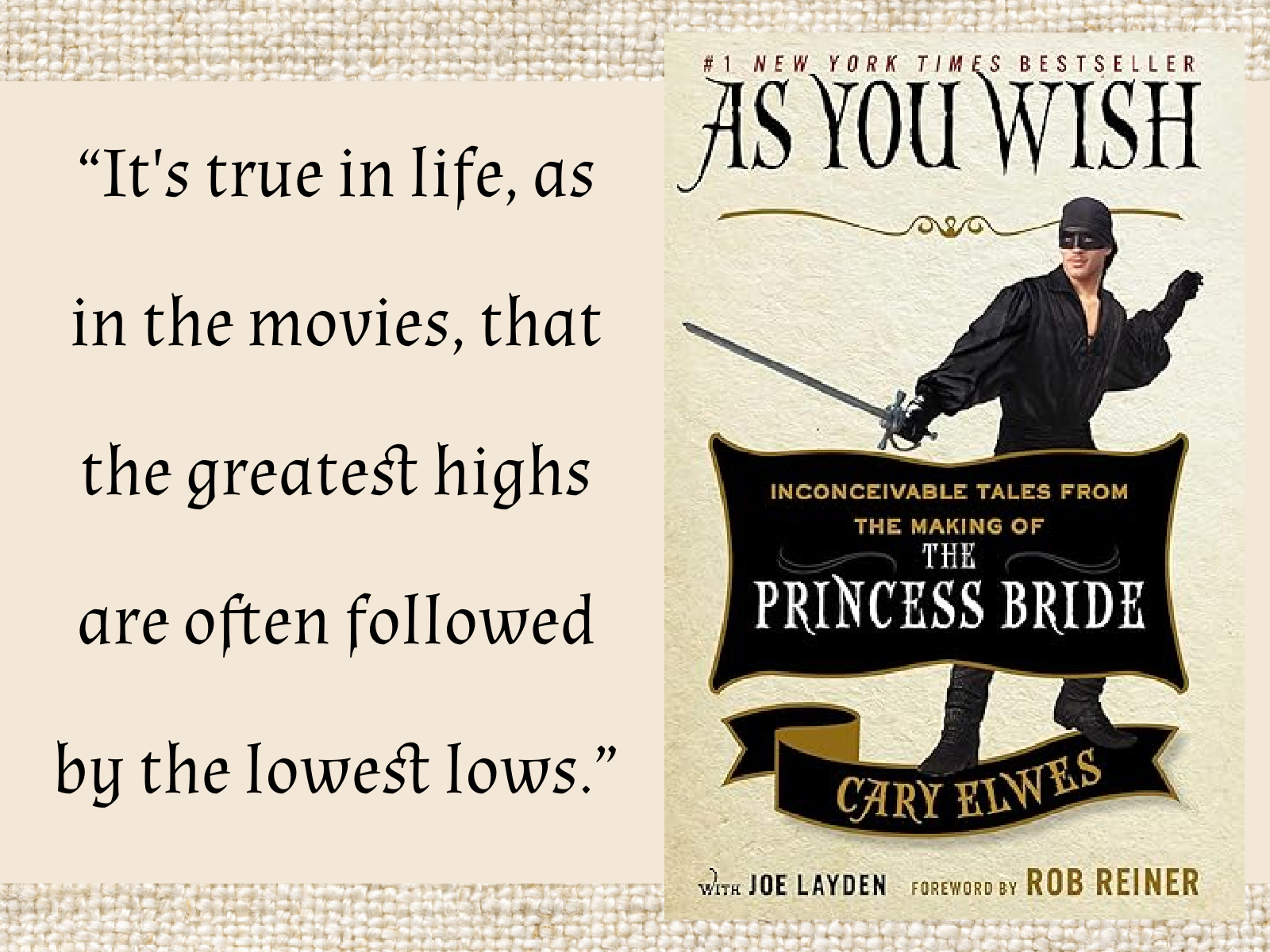
The Seven Primal Questions: Take Control of the Hidden Forces That Drive You, by Mike Foster: We all have a reason for behaving and thinking the way that we do, and that reason is different for each of us. The Seven Primal Questions provides a framework for identifying which of seven core motivations is shaping our experience of the world. Mike Foster—an author, speaker, and counselor who designed the framework based on four years of research and thousands of interviews and group labs—describes the primal question as “a floorpan for internal awareness. And if you can see your internal floorplan, you’ll understand where to put your life’s furniture. Without it, your inner world becomes a super-frustrating hodgepodge of clutter and overstuffed pieces that don’t fit.” According to this framework, an individual’s primal question is at the core of his every choice, reaction, and purpose; this one question drives all of his relationships, actions, and emotions.
After explaining the importance of identifying our primal questions (namely that an awareness of our patterns and motivations can help us heal internal wounds and capitalize on our strengths), Foster gets into the specifics of the seven questions: Question #1: Am I safe? Question #2: Am I secure? Question #3: Am I loved? Question #4: Am I wanted? Question #5: Am I successful? Question #6: Am I good enough? Question #7: Do I have a purpose? For each question, he gives a broad overview of the core needs, fears, and gifts; identifies the truth that this Question is seeking to have answered; offers explanations for the types of experiences that led the individual to adopt this core question; and provides examples of well-known individuals who are asking these questions.
This framework reminded me A LOT of the Enneagram, though it’s much more straightforward and approachable (unlike the Enneagram, with its layers of meaning and application). As a fan of any and all personality frameworks, I was intrigued by the nuances of this new approach to psychological heath, and the types all made a lot of sense to me. (I personally resonate with Question #6—Am I good enough?—and the descriptions in this chapter were spot on for me.) The book is very short, just covering the basics of the framework, and though more content would have been helpful, I could appreciate the brevity of this book that gave me an understanding of the content while leaving space for me to explore these ideas and their application in my own life.
I’m not sure that this is the Magic Bullet to self understanding that the author claims, but it IS enlightening. I feel like I understand myself a little better after reading, and I definitely feel better equipped for understanding others and what may be driving them.
My Rating: 4 Stars // Book Format: Kindle
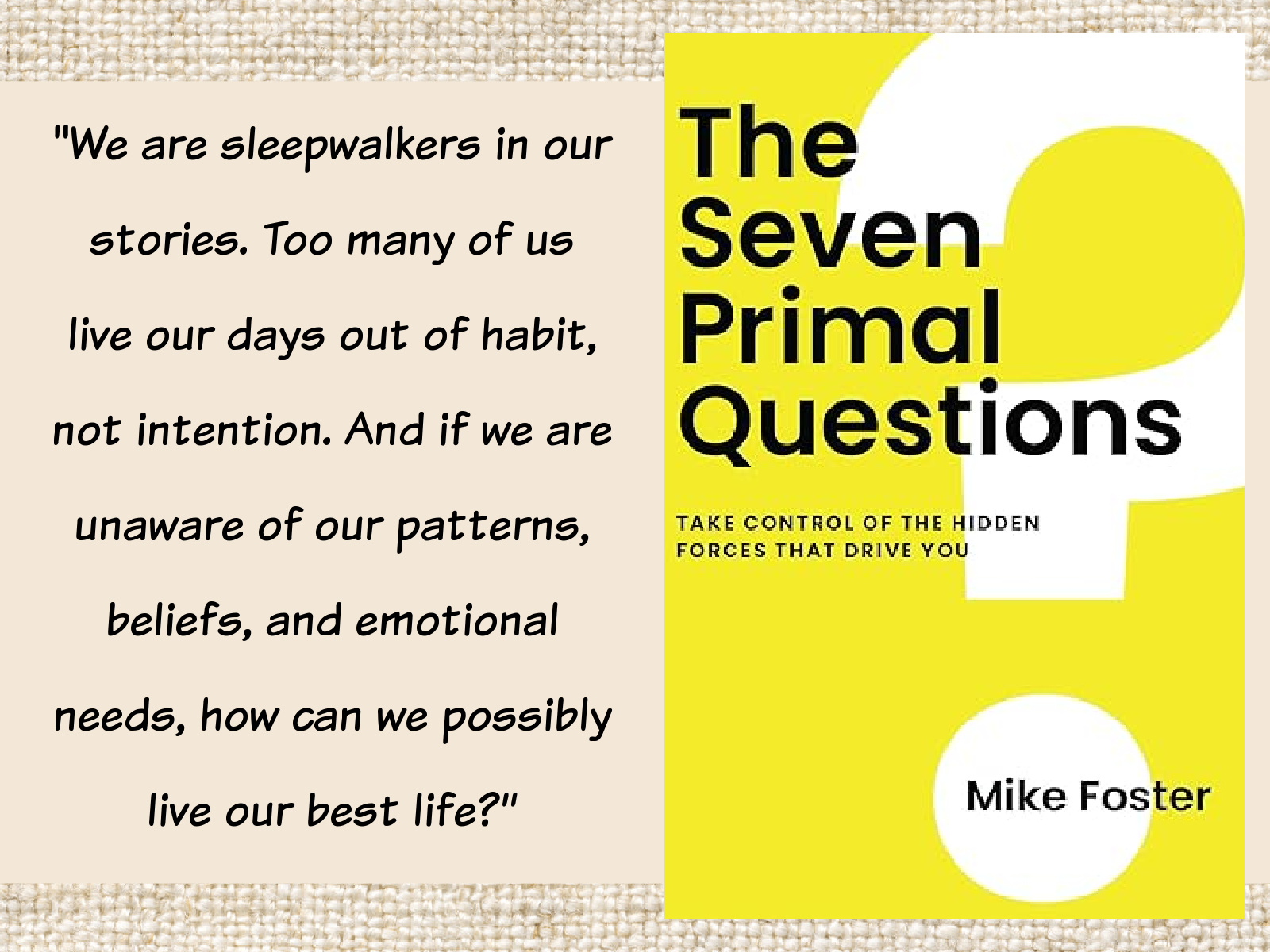
Hidden Potential: The Science of Achieving Greater Things, by Adam Grant: Many of us grew up hearing that we could achieve any and all of our aspirations, but it wasn’t long before we learned that wasn’t the case. Rather than pushing forward to achieve more, we accepted our limitations and left success to the naturally talented. In Hidden Potential, organizational psychologist Adam Grant argues that most of us have underestimated our own potential and that we all have the capacity to improve at improving. Through inspiring stories, personal anecdotes, intriguing studies, and evidence from businesses, schools, and athletic realms, Grant reveals the keys to identifying and capitalizing on the hidden potential within each of us.
Grant explains that growth is not about our particular genius or skill, but character skills, motivation, and systems of opportunity. To that end, he offers individual strategies for developing character and overcoming obstacles, and makes organizational suggestions for opening doors and windows of opportunities to those who might have been overlooked.
This is an engaging read with some big surprises. For instance, I discovered that catering to unique learning styles is NOT the best way to help kids (and ourselves learn) and that passion can be more important than practice when seeking to improve one’s skills. My favorite sections were those on overcoming perfectionism and bringing out the best in students (relevant for me as I homeschool my kids!). I also loved the vulnerable personal stories from Grant, who is an optimistic and relatable narrator. I admire the humility and curiosity he brings to each of his books, and that is especially present in this one.
I listened to this, and the audiobook includes the voices of MANY who were interviewed for the book. I initially found this continual shift in narration to be distracting but by the end I was loving this full-cast narration and the chance to hear optimism and encouragement in the voices of many who have achieved success against great odds.
My Rating: 4 Stars // Book Format: Audiobook
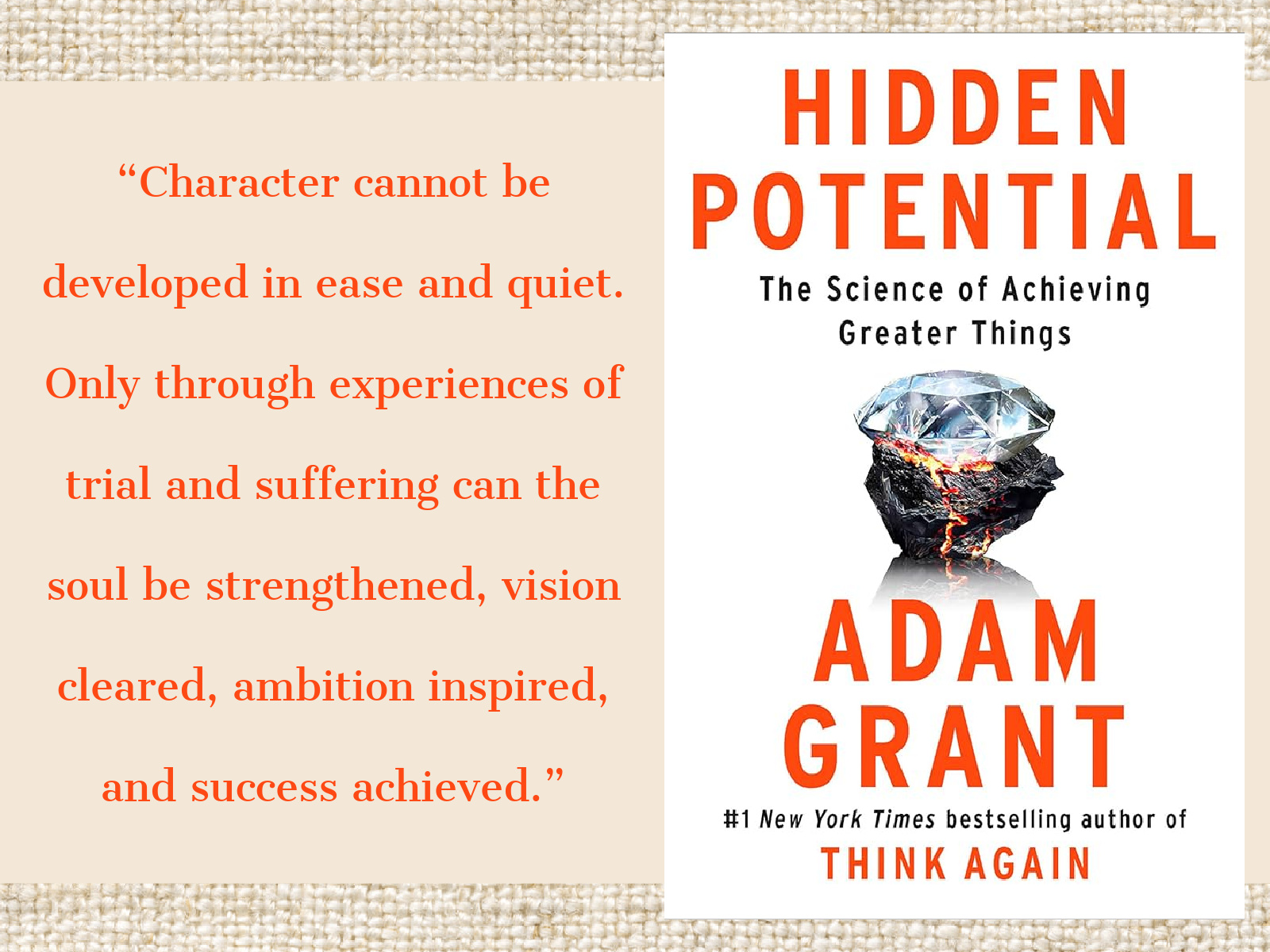
Digital Liturgies: Rediscovering Christian Wisdom in an Online Age, by Samuel D. James: For as long as I have been alive, Christians have been sounding the alarm about detrimental content (music, movies, websites, etc.) and how it is harmful to the soul. Only in recent years have Christians (as well as many nonbelievers) begun to discuss the negative effects of the digital life itself. Today it is impossible to escape the internet: it is where we work, play, communicate, and even worship. But the internet itself is not a benign tool; it is the water we swim in, and it is shaping every part of who we are, providing digital liturgies—soul shaping stories—that are forming the core of who we are and suppressing our very real need for the analog reality of the Gospel.
In Digital Liturgies, Samuel James (a Millennial who was enveloped in the liturgies of the internet in the early 2000s, when he was in college) examines the connection between technology and human desires. James explores five digital liturgies (authenticity, outrage, shame, consumption, and meaninglessness) that are essentially filling the God-shaped hole in each of us. He points to the wisdom that is found only in Christ and shows how the five harmful digital liturgies are transforming us into the very opposite of who Christ intended us to be.
The material here is not new to me, but James does an excellent job of consolidating important information into concise and persuasive arguments. James uses stories from his own life and from culture to expose the emotional, social, and spiritual damages of the internet, always pointing us back to the truth and beauty of Christ.
James is not a luddite, and this book is not a call for Christians to abandon technology altogether. In highlighting the detrimental aspects of the internet, he effectively persuades readers to take a more intentional and moderate approach to our internet usage. He also offers useful habits to help us separate from our internet addictions and welcome the liturgies of Christ over the liturgies of culture and the internet into our lives.
This book is a powerful read for anyone who is currently affected by the internet (that’s all of us!), but it’s especially relevant for parents or individuals involved in ministry.
My Rating: 4.5 Stars (Rounded to 4 Stars on Goodreads) // Book Format: Audiobook

Walking on Water: Reflections on Faith and Art, by Madeleine L’Engle: What makes a piece of art Christian? Is it possible for a Christian to create art that is not explicitly Christian, or for an agnostic to share art that expresses Christian truth? What is the relationship between the faith of an artist and the art that he creates? In this classic essay collection, children’s author and memoirist Madeleine L’Engle shares her thoughts on these and other questions related to Christianity, writing, literature, and walking in obedience to the Lord in what He has called us to do and to create. She also shares contemplations on philosophical ideas such as the nature and passage of time; having a childlike view of the world; wholeness and integrity; human value and grace; miracles; pragmatism; work ethic and the value of work; moral absolutes; and free will.
Madeleine L’Engle has a fascinating mind and I enjoyed getting a glimpse into her personal views and creative process with this book. My own theology differs quite a bit from that of L’Engle, who is more mystical in her approach to faith. And though I dabble in writing, I wouldn’t call myself a “creative” or artist in the way that she truly was. Despite these differences, this book provided many valuable takeaways about creativity and faith, and L’Engle’s ideas gave me plenty to ponder about the mingling of the two.
Aspects of this book (published in 1980) felt dated, thanks to rapidly changing worldviews that have seen our culture leaning much more into the the “nuanced, emotions-driven” perspective L’Engle advocates in this book. I wonder how she might have presented her ideas differently today, when her approach is no longer the unconventional one? I found myself disagreeing with her perspective more now than I might have a decade ago, having seen some of her attitudes gain popularity and witnessed societal suffering as a result of these shifts.
Though not all of this book holds up, much of it does, and L’Engle has some wonderful words of wisdom for today’s Christians and artists. The eclectic, meandering writing style won’t be to everyone’s taste and it took me a while to warm to this scattered messaging, but my patience was rewarded with inspiring stories, mind-blowing observations, and heartfelt musings.
My Rating: 4.5 Stars (Rounded down to 4 stars on Goodreads) // Book Format: Kindle
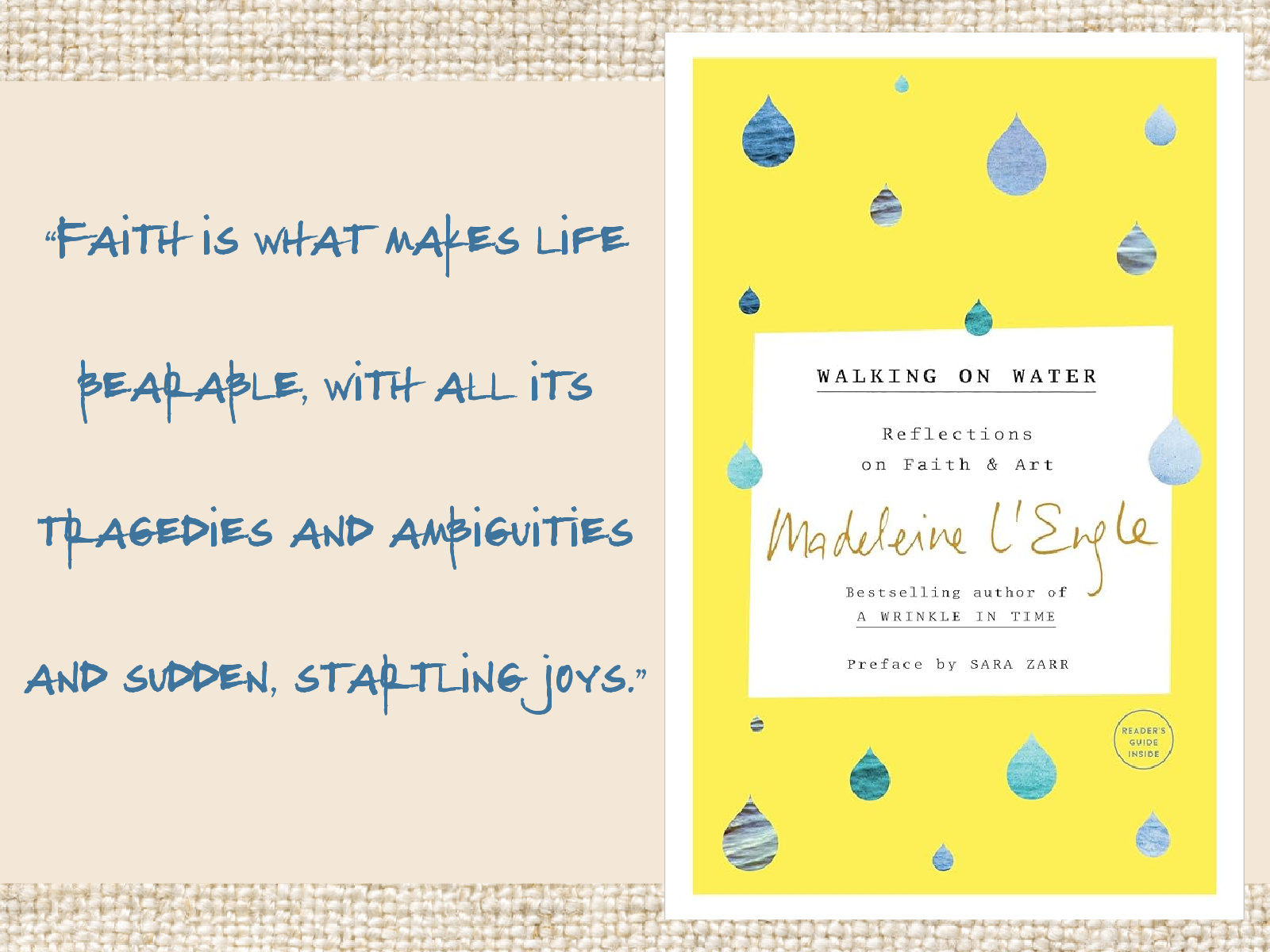
FICTION
Shark Heart, by Emily Habeck: Lewis and Wren are opposites: he is a dreamer, she is pragmatic. He is a performer and a writer, she works with numbers. He is spontaneous, she is master of the plan. He comes from a stable, loving home, she has been on her own for most of her life. Their differences make them perfect for one another and they are deeply in love. But shortly after their wedding, Lewis begins to experience odd changes and is soon diagnosed with a rare genetic condition that will cause him to slowly transform into a shark. As the months tick by on their first year of marriage, Wren is faced with a future she cannot plan for or micromanage, and her heart breaks as the husband she loves slowly slips away. First his appearance changes, then he loses functionality over his limbs, and soon his animalistic appetites and habits will force the couple to say goodbye forever.
This transformation is told in Part One of the book. Part Two takes us back in time, to the story of Wren’s mother, Angela. We meet Angela on her fifteenth birthday, mere months before she becomes a single mother to Wren. Angela struggles to create a loving home for her daughter but ultimately is faced with a challenging diagnosis of her own—a diagnosis that will go on to dominate Wren’s childhood memories.
In Part Three we return to Lewis, now living as a shark in the ocean and adjusting to his new reality. Through his story, and that of Wren (who is adjusting to some big changes of her own) we explore themes of meaning and purpose, letting go of what cannot be and learning to love what is. There is some hope and even dashes of humor, but mostly this story is one heartbreak after another, with generational layers of sadness and glimmers of joy amidst the sorrow.
As you have probably surmised from the premise, this is a very strange book. The story itself is quite unusual, and its eccentricities are matched by an unconventional structure that combines prose with stream-of-consciousness poetry and chapters that take the form of a play script. I generally enjoy an unusual literary construct; here, when combined with the bizarre story premise, it felt like too much. I could appreciate the artistry and what the author is doing, and especially loved the commentary on love and marriage and loyalty and resilience. Despite these merits, the book itself was largely a miss for me.
This book is over 400 pages, but that number is misleading, as many chapters are only one or two paragraphs, and several chapters consist of a single sentence. Still, this took me a while to get through; the timeline jumps confused me, and the lovely poetic passages are interspersed with strings of weird that I found jarring. Though it is not a book I will forget, it is also not one that I loved reading. I’m an outlier in this, though: it has amazing reviews, including some from many of my favorite and most trusted reviewers. So if you are at all intrigued by the idea of this book, I would encourage you to give it a shot. If nothing else, I can guarantee a memorable reading experience.
My Rating: 3 Stars // Book Format: Print
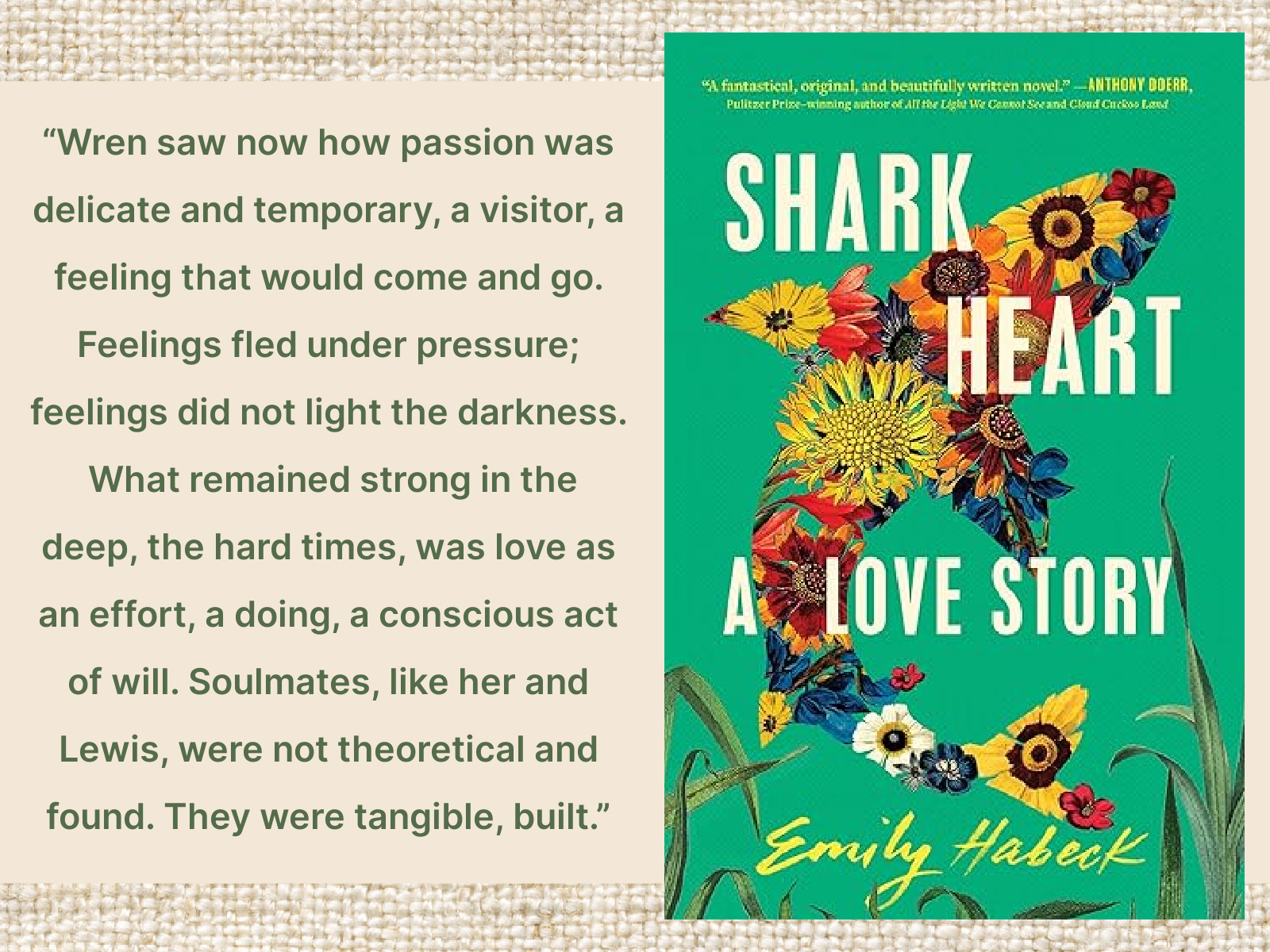
The Mysterious Case of the Alperton Angels, by Janice Hallett: The story of the Alperton Angels has captured public attention since it took place in 2003, when a cult of individuals claiming to be angels brainwashed a teenager into thinking her baby was the antichrist and needed to be assassinated. The girl and baby escaped and the “angels” died in a ritualistic cult suicide. Facts of the case were always difficult to nail down; now the unidentified baby is on the brink of turning 18 and investigative journalist Amanda Bailey is certain she has found the subject of her next True Crime book. Unfortunately another journalist and former rival, Oliver Menzies, also has his sights on the case and the two are pushed by their respective publishers to work together on the investigation before going their separate ways to write companion books. The investigation is slow to unfold, with continuous dead ends and rabbit trails. But as the truth of the Alperton Angels begins to take shape, Amanda and Oliver find themselves in much deeper than they could have imagined, immersed in a story that is so strange and so dark that their careers, their psyches, and even their lives could on the line.
True to the author’s trademark style, this is told entirely through mixed media including text threads, e-mails, transcribed interviews, letters, and journal entries. These are interspersed with newspaper clippings and portions of fictional works inspired by the initial event. All of Amanda’s research is enfolded into the pages of this book, allowing us to follow her investigation and play along as we sort fact from fiction in this case that might not be so in-the-past after all.
This book is WILD! The story is not at all what I assumed at first, with one mind-blowing plot twist after another, right up to the very last page. Hallett continuously surprised me, but not in a way that seemed manipulative or tricky. I truly felt like I was along for the ride to work through this story, bringing disjointed parts together to piece together the truth. I enjoyed the explorative aspects of it, especially the politics and schmoozing involved in investigative journalism. There are lots of deeper and more complex themes woven into the story too, including the power and influence of cults, the zeitgeist of true crime, the unhealthy toll that an investigation can have on journalists and would-be detectives, the connection between real-life crimes and popular culture, the fine line between spirituality and rationalism, the long-term effects of trauma, and the age-old theme of revenge. These are thought provoking and, remarkably, fit right into the narrative without weighing down the story.
This was much darker than Hallett’s debut (The Appeal) and its spinoff novella. There are still moments of witty humor, but mostly this book is a whole lot creepier and grittier, with more violence and higher stakes. (SMALL SPOILER: Aspects of the book deal with dark angels and the occult, but all is not as it seems with these more sinister elements. For those who might be put off by the supernatural portions, I would urge you to see the story to the end.) However, even as a fairly sensitive reader, I did not feel overwhelmed by these portions of the book . . . but they sure did keep me on my toes!
This is the first book in a while that I literally could not put down. I found myself seeking out pockets of time in my day so I could read, ignoring other tasks so that I could get to the bottom of this case. Even with such intense reading, this took me nearly a week to finish because it requires VERY careful attention to detail. I was constantly flipping back and forth, rereading and searching for clues. (You’ll want to do the same, which makes the print version a must! Also, don’t miss out on the Author’s Acknowledgements which shed light on Hallett’s surprising and touching inspiration for this book). My patience was rewarded with a book that was hard but satisfying and completely unforgettable. This will be high on my list of favorite reads of the year.
My Rating: 5 Stars // Book Format: Print
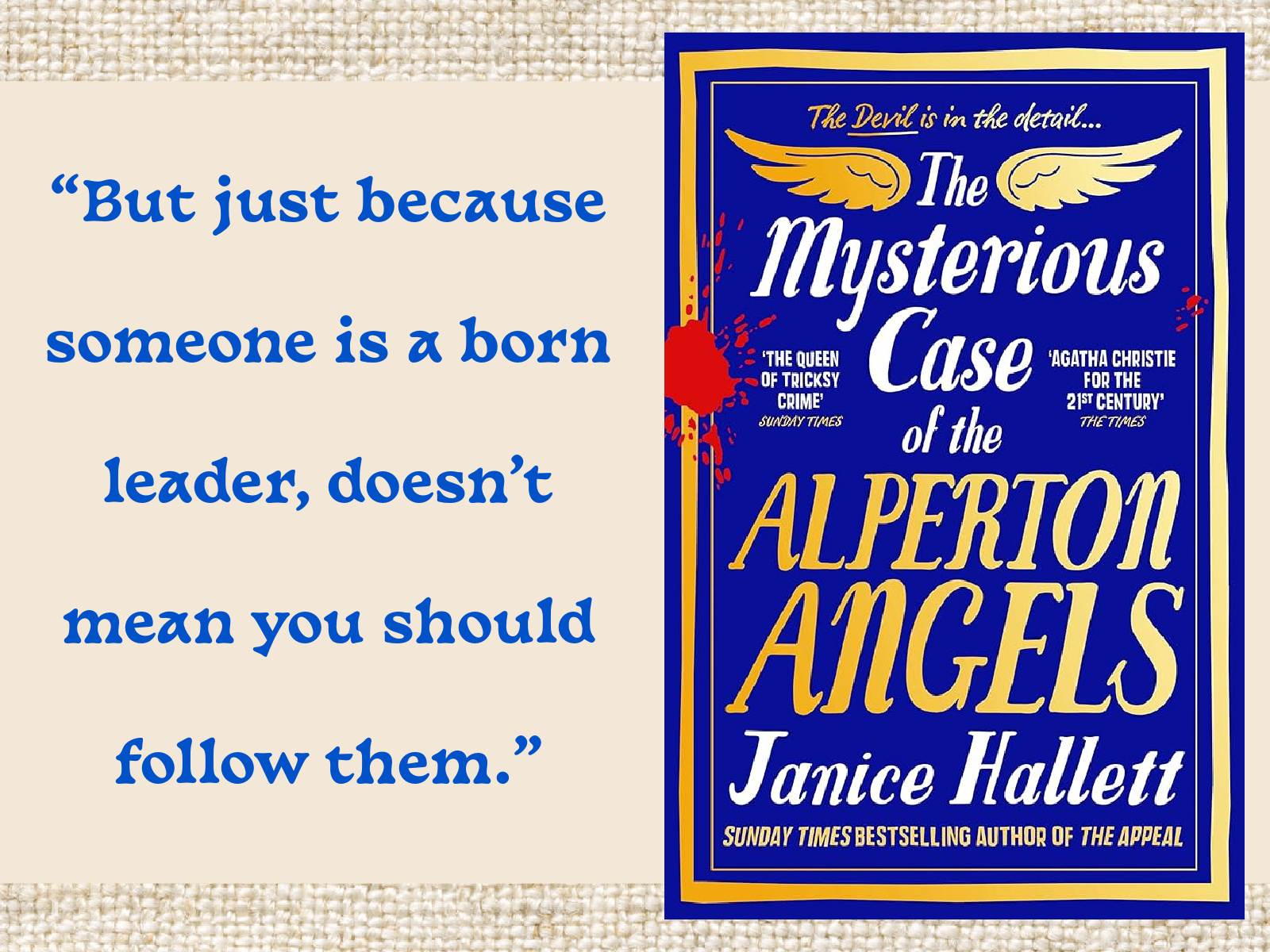
Roman Stories, by Jhuma Lahiri: This collection of nine stories offers glimpses into the lives of various individuals living in, visiting, and passing through Rome, with the city itself serving as our primary protagonist. A caretaker’s daughter witnesses the carefree experience (one so unlike her own) of a family vacationing in the Roman countryside. A middle-aged couple grieve the long-ago loss of their son whom they wish were accompanying them on their pilgrimage to a city that once mattered deeply to them both. A pair of empty nesters gather every year for the birthday party of a friend, and the husband forms an inappropriate connection with a fellow guest. In a story fittingly titled “The Steps,” we meet the young lovers, widows, housewives, and hoodlums passing across a public staircase that connects two neighborhoods—and multiple cultures—within the city.
Despite this Italian setting, this does not have the “feel” of an Italian book. It is a story of loneliness and invisibility, and the ways that a city can become a place of residence while never feeling quite like home. Most of our narrators are foreigners, and their sadness, struggles to assimilate, and lack of connection dominate the narration. I was surprised but intrigued by the international flair of this book, which made more sense once I learned (after reading) that the author herself has extensive immigrant experience: the daughter of Indian immigrants, she was born in England and raised in the United States, and later married an Italian and made Italy her home. The book was written in Italian and then translated into English, and the translation felt awkward at times (also surprising since English was the author’s first language).
I generally like slice-of-life stories such as these, that offer little plot but give a strong sense of the life experiences and emotions of a cast of characters. And I did like quite a few of these stories that I found engaging and emotionally resonant. As a whole, this wasn’t a particularly memorable or noteworthy collection, and I found myself wanting more of a true Roman experience that the title had promised.
My Rating: 3.5 Stars (Rounded to 3 Stars on Goodreads) // Book Format: Audiobook
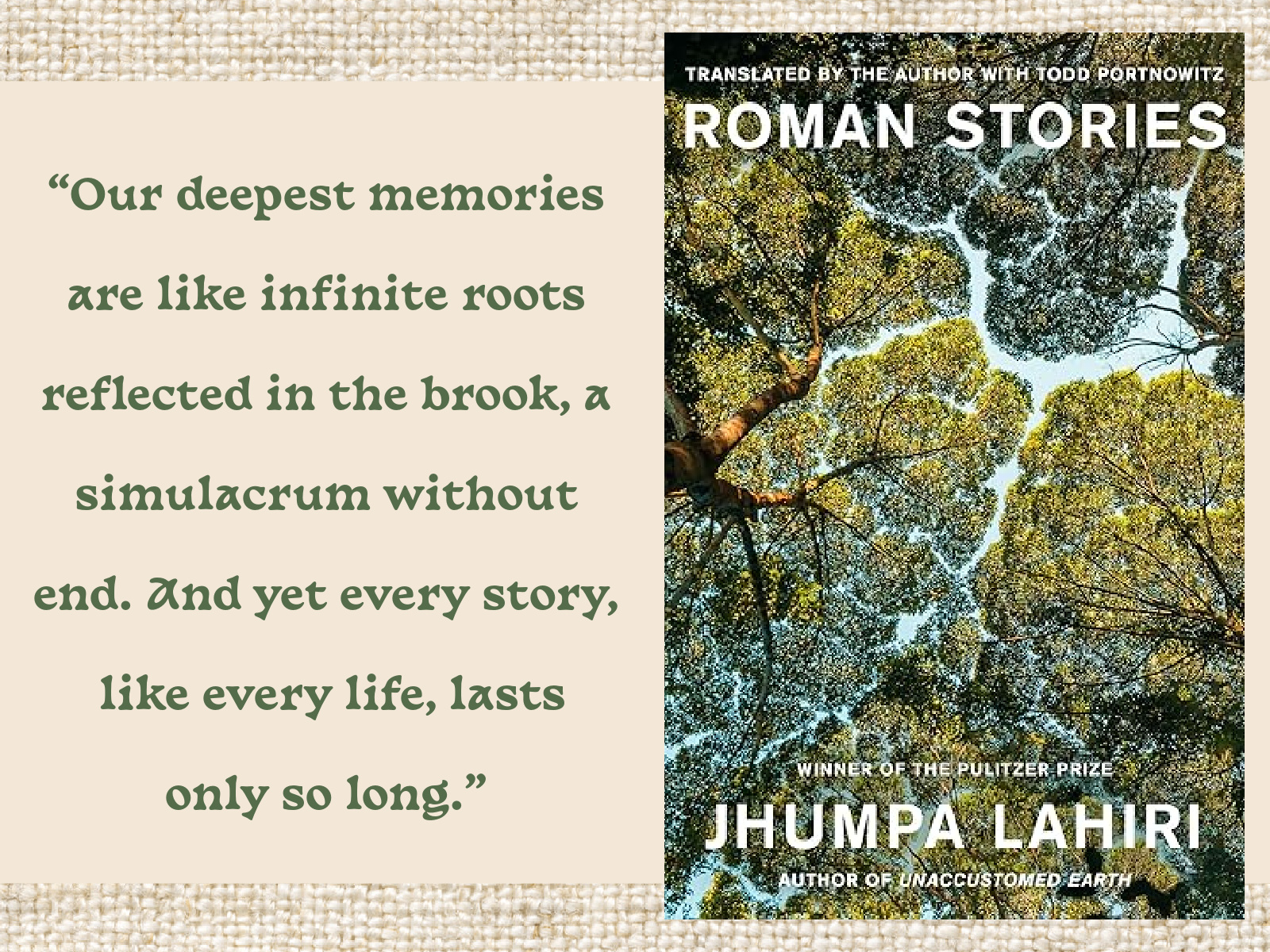
Maybe Next Time, by Cesca Major: Emma has loved Dan from the moment of their awkward first meeting on a train on December 3, fifteen years ago. Every year since that first meeting, Emma and Dan write love notes to each other in honor of their “Datevarsary.” It’s a treasured ritual that has kept their relationship strong through many challenges. But this year—in the midst of juggling a crisis at work, drama with her volunteer committees, a mysteriously ill dog, unusual behavior from their kids, and so many online distractions—Emma has forgotten to write a letter. In fact, she has forgotten their dateversary altogether. The day is a disaster, with one bombshell challenge after another, and Emma is devastated when the day ends in tragedy.
But the next morning it appears she’s been given a second chance. Everything about this morning is oddly returned to how it was 24 hours before, and Emma soon realizes that she is reliving December 3. But this isn’t a simple redo, and it quickly becomes apparent that Emma is trapped in a time loop, forced to relive her tragic day—with its inevitable horrific ending—again and again.
My love for time travel stories extends to the time-loop trope and I’ve been giddy with excitement for my library hold on this one to come through. While I found it eerily similar to Wrong Place, Wrong Time (one of my favorite books of 2023), I really enjoyed this and absolutely could not put it down. I loved the relationship between Dan and Emma, and Dan’s love letters that are sprinkled throughout the book were a true highlight, allowing us to get to know this couple across the years while also experiencing a singular day with them on repeat. I found the relationship (loving, but strained after many years together and overwhelmed by external obligations) very relatable. I also loved the bookish themes: Emma is a book agent, and behind-the-scenes commentary on the publishing world is something I never tire of reading about. We even get some fun Easter Eggs referencing the author’s other books (written under a different pen name).
As is inevitable in a time-loop story, there were parts of the novel that grew tedious. I was frustrated with Emma’s choices and her approach to her conundrum, and I found myself wanting to jump into the story to speak some common sense to this floundering protagonist! Eventually we get around to some awareness and solutions, and I appreciated the reflections on priorities, being present with our loved ones, learning to set boundaries around the expectations of others, and facing life’s challenges rather than falling victim to them. I felt convicted by many aspects of Emma’s life and was inspired to take better care with my own family!
As much as I enjoyed this reading experience, I was not a fan of the final pages. It felt like a cheap way out of a difficult story, and after riding out the book’s tedious moments I felt cheated out of a better (more conclusive, less tragic) ending. I will say that Cesca Major knows how to deliver some tearful moments . . . I just wasn’t impressed with this particular story-ending tearjerker (which I may have liked more if I’d had someone to discuss it with). In fact the whole book is very discussable and would make a great book club pick.
My Rating: 4 Stars // Book Format: Kindle

The Work of Art, by Mimi Matthews: Growing up in rural Devonshire, Phyllida Satterthwaite never gave much care to society matters, preferring the company of her grandfather and her beloved dogs. When Philly is left homeless and destitute after her grandfather’s passing, she is sent to London to live with her only surviving relatives. In London, Philly is surprised to be considered an uncommon beauty, nicknamed a “Work of Art” because of her unusual dual eye color. Philly captures the attention of many suitors including the menacing Duke of Morland, an unscrupulous art collector intent on making Philly his next acquisition.
Philly has nowhere to turn but the one man who has shown her kindness in London: Captain Arthur Hayward, a former war hero whose time in the Peninsular War left him broken of both mind and spirit. Arthur is infamous for his brooding nature, but Philly sees through his icy demeanor to the kindhearted, noble gentleman beneath, and she knows he is just the man to rescue her. A marriage of convenience can save Philly from the malicious Duke, but will she ever find the love she seeks from the man who has chosen to give her his name?
It’s been a while since I’ve been drawn to a historical romance, but after hearing Meredith of Currently Reading rave about this “sweetly romantic, closed-door romance” I took a chance on this book and am SO GLAD that I did. I loved the Regency setting, and the characters of Philly and Arthur quickly won my heart. This book has everything I want (and rarely get) from a romance (a tender husband/wife love story, well-matched [emotionally heathy] protagonists, a little *extra* in the form of a suspenseful subplot) and none of what I have grown to expect—and tend to dislike—from the genre (steamy sex scenes between unmarried lovers, frustrating will they/won’t they drama, and storylines built on miscommunication).
Though not a Christian novel, this is an uplifting and “clean” romance that reminded me a lot of the books by Julie Klassen (which I love), and I’m so happy to have found another historical romance author whose works I’d like to explore further.
My Rating: 5 Stars // Book Format: Kindle

The Housemaid, by Freida McFadden: After serving ten years in prison, becoming evicted from her apartment, getting fired from her previous job, and living in her car for weeks, Millie is grateful to land what seems to be a promising job as a housekeeper for a wealthy New York family. But she quickly sours on this “enviable position” as Nina, the employer who seemed nice enough at their interview, shows her true colors. Millie spends her days cleaning up after Nina’s disastrous messes, conceding to her ridiculous requests, and ignoring her blatant lies while wondering how such an awful woman could have landed such a perfect life with a gorgeous home and attractive husband. Each night Millie lies her head on the cot in her tiny attic bedroom, counting down the days until she can leave this position but knowing she has few prospects for something better. But then this nightmare seems to be turning into a dream come true. . . or is it?
I can’t say much more about the plot without giving anything away, but I WILL give the author credit for crafting an incredibly gripping read. I flew through this eerie thriller, first because as I was trying to understand what was going on and, once the big twist had been revealed, because I couldn’t wait to see how it would resolve. Despite its propulsiveness, this was not an enjoyable read: the characters are all intensely unlikable and the story is littered with plot holes and impossibilities, with one outlandish twist after another. I grew especially annoyed at the lack of information being revealed for what felt like emotionally manipulative purposes: I enjoy authors who are clever with their storytelling, but not authors who play with my mind and emotions, as is done here.
Another frustration is that none of the characters or their actions made sense to me and seem to have been written simply to drive the forced suspense. And perhaps most aggravating of all is that the story felt familiar, a mashup of several similar thrillers I have read through the years—books that I liked, but with twists and tropes that have grown stale for me after the constant repetition.
Those looking for a fast read that will spark all sorts of feminist outrage will find that here, and many have loved this book, as evidence by shockingly high reviews. I found this to contain too much of what I dislike in popcorn thrillers, without any of the depth, realism, or attention to character development that I prefer in my books.
My Rating: 2.5 Stars (Rounded to 3 Stars on Goodreads) // Book Format: Print
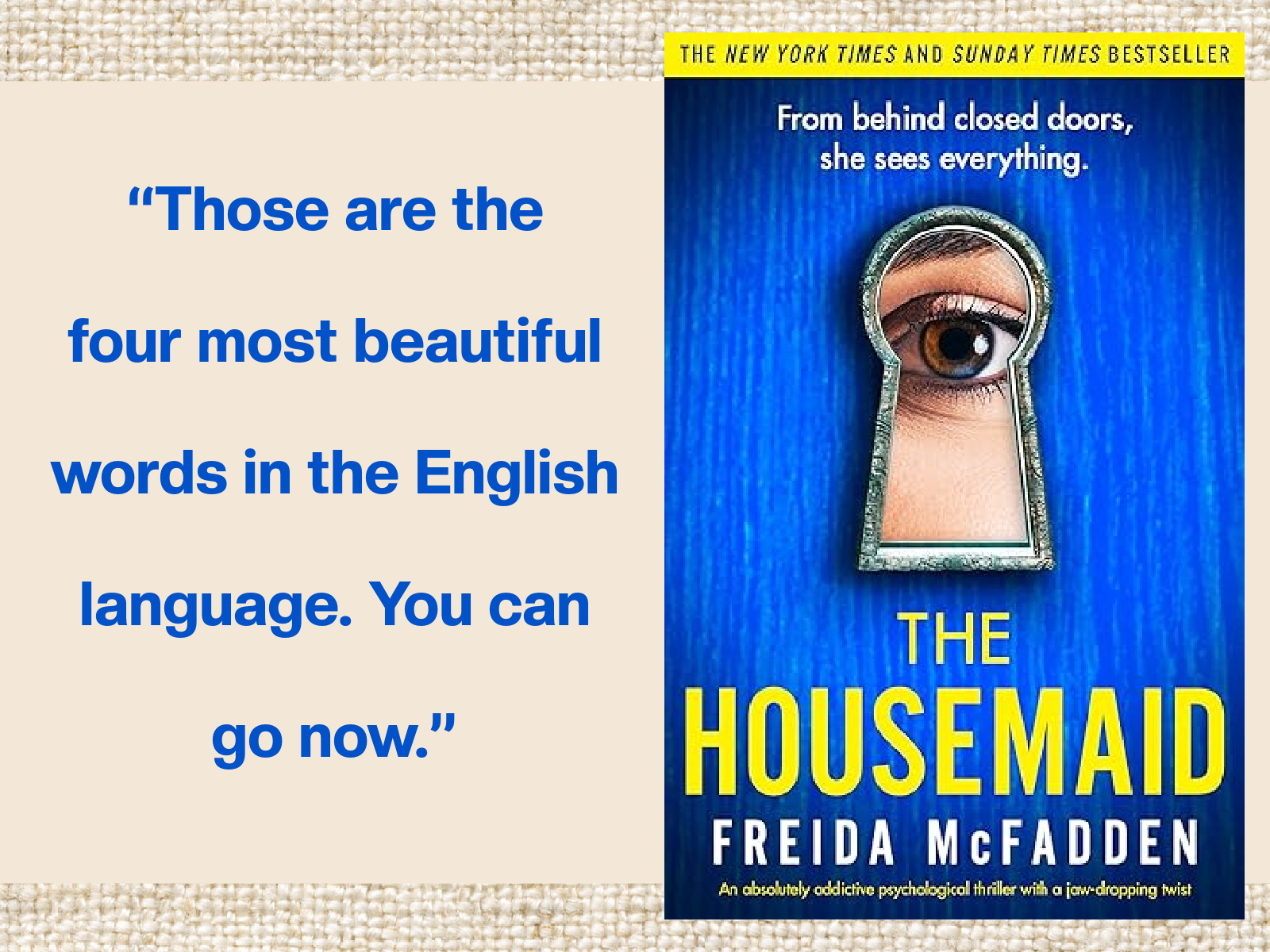
The Seven Year Slip, by Ashley Poston: Clementine’s late aunt always said that her New York apartment was magical. Clementine never understood quite what her aunt meant—until one day, when Clementine walks into the apartment that is now hers to discover a strange man standing in the kitchen. With his Southern drawl, incredible kitchen skills, and knack for words, Clementine quickly falls. . . only to discover that, thanks to the apartment’s unusual magic, this man exists seven years in the past.
Over a difficult summer, in which Clementine is trying to escape her grief over her aunt’s recent passing by digging into her high-stakes publishing job, Clementine is periodically visited by the man who is perfect for her, if only the timing were right.
This is a love story (and I was surprised by how much I enjoyed the romance here), but it is so much more than that. Most notably, it is a meditation on grief: how it changes us and how we learn to say goodbye while never escaping the sadness; Ashley Poston’s personal experience with loss and grief reverberates on the page. This is also a story about how we change—or don’t—and how we create space for our loved ones to do the same. The book has a lot to say about finding and pursuing passions, and allowing those passions to evolve. And it is a story of friendship and loyalty, of the people that enter our lives for a time and those who are here to stay. Of course, it is also a book about books (because Clementine is a publisher) and art (since she’s an amateur painter as well) and food (since her romantic interest is a celebrity chef). I loved every page of this book that is so much deeper and more thought-provoking than it needed to be, or than it seems at first glance. Plus, the cover is perfect (and NOT just because yellow is my favorite color).
This is just one of the MANY time-travel books I’ve read lately, and here the time-shift elements are more of a literary device than a focal point itself; I liked the subtly of this, even if I would have enjoyed seeing this part of the book more fully developed. I read this back-to-back with Cesca Major’s Maybe Next Time and couldn’t help but notice the similarities: the New York setting, a protagonist who works for a small publishing house, a relationship that evolves as each partner changes, and themes of grief, loss, and savoring each day. The two novels made an interesting and thought-provoking pairing, though I’m glad this one came second for me as I liked it much more.
This would have been a 5-star read for me except for some worldview differences and messaging that I just couldn’t quite get behind; but in terms of enjoyment, memorability, and poignancy, this one was an absolute winner. For sensitive readers, I’ll note that this IS a romance and there are a couple of steamy scenes, but they are fairly tame and can easily be skimmed.
My Rating: 4.5 Stars (Rounded to 5 Stars on Goodreads) // Book Format: Kindle
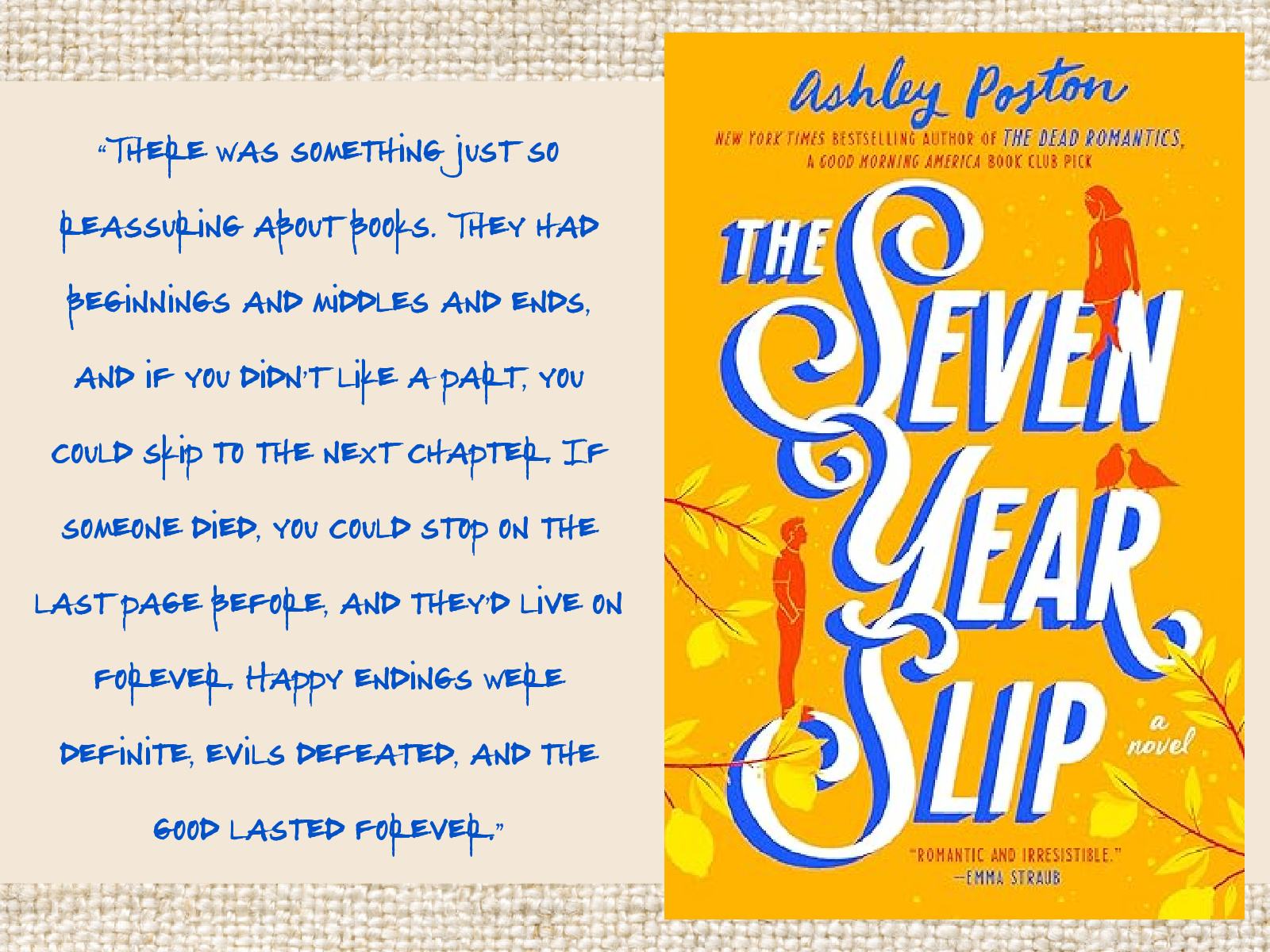
It’s your turn: have you read any of these titles? What did you think? What have YOU been reading lately?
You are the first person who has made me want to pick up Shark Heart!
I hope that it’s a better fit for you than it was me!